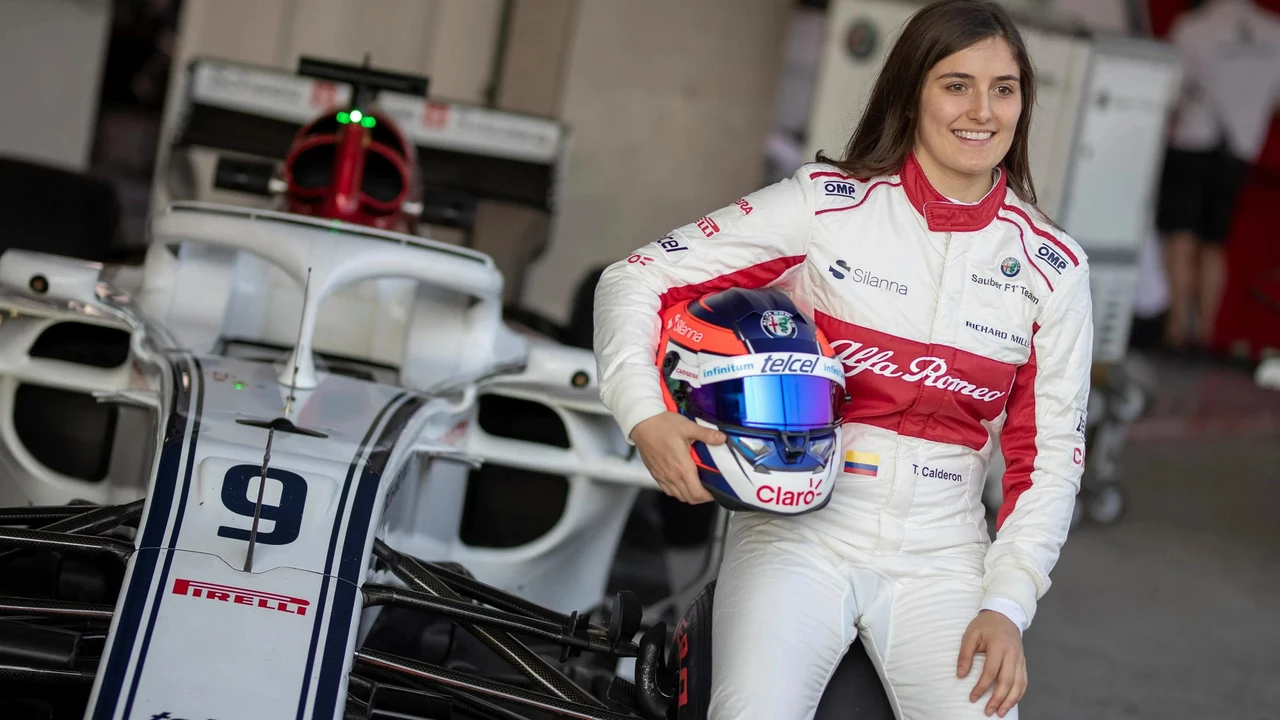Race Drivers
When talking about race drivers, the people who pilot high‑speed machines on tracks around the world, you’re really looking at a mix of talent, training, and paperwork. A race driver isn’t just someone who loves fast cars; they need a solid grasp of vehicle dynamics, split‑second decision‑making, and the right credentials to step onto the grid. The term also covers a range of disciplines, from street‑legal touring cars to purpose‑built single‑seaters. Below we’ll break down what makes a driver tick, the licenses they chase, and why different series matter.
Licensing: The Gateway to the Grid
Every serious race driver, must earn an FIA International Competition License before they can enter top‑level events. The process starts with a national license, which you get after logging race experience in club or regional series. After holding that license for at least a year, you can apply for the international badge that opens doors to Formula 1, World Endurance Championship, and other global platforms. This licensing step links directly to driver development programs, meaning a solid licence often leads to sponsorship deals and factory seats.
The license isn’t just paperwork; it proves the driver meets strict safety, fitness, and skill standards. Teams use it as a filter when scouting talent, so a clean licence can accelerate a driver’s climb up the ladder. In short, licensing influences career trajectory and determines which series a driver can actually compete in.
Beyond the FIA badge, many series have their own grading systems. For example, NASCAR runs a tiered approval that checks a driver’s experience on ovals versus road courses. IndyCar, on the other hand, looks closely at a driver’s ability to handle high‑downforce cars and slick tires. Understanding these nuances helps a driver pick the right path and avoid costly missteps.
Now, let’s talk about the series where these drivers showcase their skills.
When you hear Formula 1 drivers, the elite who race cutting‑edge, aerodynamically‑tuned single‑seaters at over 200 mph, you think of glamour, high tech, and a global fanbase. F1 drivers need lightning‑quick reflexes, deep technical knowledge, and the ability to work closely with engineers on car setup. The championship’s points system rewards consistency, so a driver who can adapt to different circuits—whether it’s the tight streets of Monaco or the high‑speed sweep of Monza—stays in contention. Their careers are often shaped by early successes in feeder series like Formula 3 and Formula 2, where they learn to manage tyre wear and fuel strategy under pressure.
Switch over to NASCAR drivers, who compete primarily on oval tracks using heavy, V8‑powered stock cars. Unlike the lightweight F1 machines, NASCAR cars are built to endure close‑quarter racing and frequent contact. Drivers develop a unique set of skills: drafting at high speeds, handling tire wear in long runs, and making split‑second decisions in a pack of thirty cars. The sport’s “turn left, repeat” mantra means mastering the art of the high‑banked turn is essential. Success in NASCAR often depends on strategic pit stops, crew chief communication, and the ability to read a race’s evolving rhythm.
Then there’s the world of IndyCar drivers, who race open‑wheel cars that excel on both ovals and road courses. IndyCar offers a hybrid challenge: drivers must be comfortable soaring through the Indianapolis 500’s three‑mile oval at 230 mph and then tackling the tight twisties of a street circuit like Long Beach. The cars are lighter than NASCAR but heavier than F1, striking a balance that rewards both raw speed and car control. Many drivers cross over from other series, bringing a diverse skill set that enriches the competition.
Beyond the mainstream series, you’ll also find drivers who specialize in drifting, a motorsport that emphasizes controlled oversteer and style over outright speed. Drifters need a mastery of throttle modulation, clutch kicking, and steering input to keep the car sliding gracefully through a corner. While it may look reckless, the sport demands precise car control and consistent practice. Drifting events often attract fans looking for spectacle, and many drivers use it as a training ground for car handling skills that translate to other forms of racing.
All these disciplines share a common thread: they require a blend of physical fitness, mental stamina, and technical know‑how. Whether you’re aiming for the podium in Monaco or perfecting a sideways slide at a drift event, the journey starts with understanding the specific demands of your chosen series. Below, you’ll find articles that dig into these topics—from getting your FIA license to the nuances of each racing category—so you can see how every piece fits together in the world of race drivers.
- July 18, 2023
- Comments 0
- Motorsport Discussion
